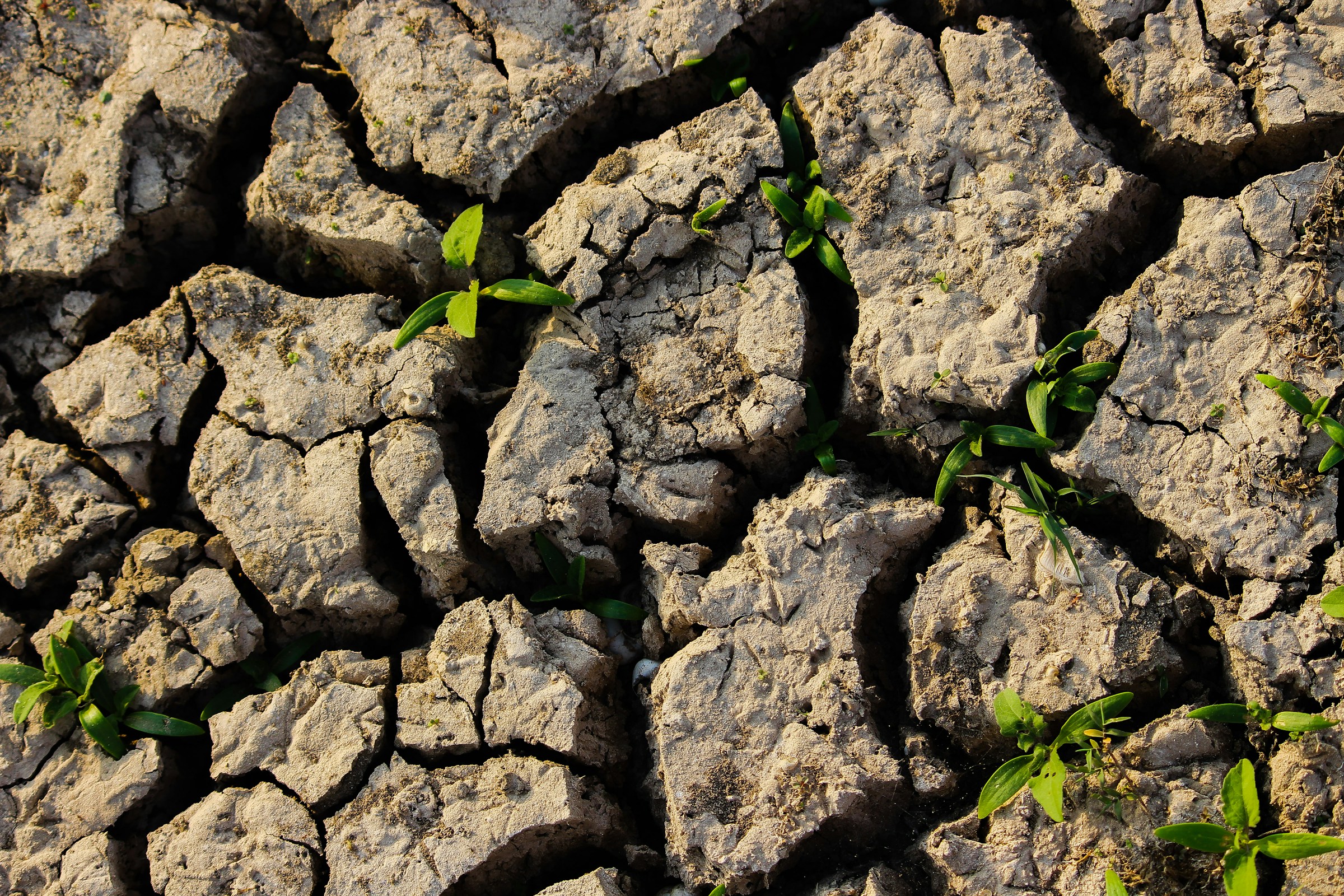Exploring the Challenges of Drought
Climate change is increasingly becoming a harsh reality, with its effects being felt worldwide. One of the most threatening aspects of climate change is the growing prevalence of drought. Drought not only challenges our water resources but also threatens our food production. According to PubMed and CrossRef scholarly articles, plants utilise over 70% of freshwater worldwide primarily for irrigation. As the frequency and severity of drought events escalates, the pressure to develop crops that are more resistant to drought is also rising.
Drought is a menace to crops because it restricts their ability to absorb water through roots, thereby hampering their growth. This lack of water can trigger a chain reaction of stress responses in plants, affecting their overall health and productivity. It’s a dire situation, particularly for countries like the UK, where agriculture plays a significant role in the economy and food security.
Also to read : What’s the Potential of Small Modular Reactors in UK’s Energy Mix?
Breeding Crops for Drought Tolerance: Innovations and Strategies
As the threat of drought increases, researchers are finding innovative ways to breed crops that can thrive under water-stressed conditions. By studying the genetic makeup and water use strategies of various plants, scientists are uncovering keys to drought resistance.
According to Google Scholar, one of the most promising strategies in breeding drought-resistant crops involves selectively breeding plants that demonstrate a high level of tolerance to water stress. This involves identifying specific genes that allow some plants to survive in drought-like conditions, and then breeding these traits into commercially grown crops.
Also read : How to Build a Community Focused on Sustainable Living in the UK?
Another approach is the use of genetic engineering to insert drought-resistant genes into crop plants. With the advent of CRISPR technology, it is now possible to edit plant genomes with unprecedented precision. This allows scientists to insert genes associated with drought resistance directly into the DNA of crop plants.
Groundbreaking Work in Maize and Other Crops
Maize, a staple food crop globally and in the UK, has been at the forefront of this research. Recent studies published in CrossRef have demonstrated significant progress in breeding drought-tolerant maize varieties. By identifying key genes that govern the plant’s response to drought, scientists have been able to develop maize varieties that can yield up to 30% more under drought conditions compared to conventional varieties.
Additionally, research on other crops such as wheat, barley, and potato is also underway. According to DOI (Digital Object Identifier) data, these crops are also being engineered to develop improved root systems that can more efficiently access water deep in the soil, further increasing their drought tolerance.
The Role of Modern Technologies in Drought-Resistant Research
Modern technology has vastly improved the efficiency and speed of drought-resistant crop research. Biotechnology, bioinformatics, and genetic engineering are all playing integral roles in this critical effort.
Biotechnology has significantly simplified the process of identifying drought-resistant genes. Techniques such as QTL (Quantitative Trait Loci) mapping and GWAS (Genome-Wide Association Studies) allow scientists to identify genes associated with drought resistance quickly. These techniques are steadily improving the speed and accuracy of the breeding process.
Bioinformatics, on the other hand, is used to manage and analyse the massive amount of genetic data generated during this research. Powerful software tools are used to identify patterns and relationships among genes, speeding up the process of identifying potential drought-resistant traits.
In conclusion, while the threat of drought is a significant challenge, advancements in crop research are providing hope for the future. With continued investment in research and technology, we can develop crops that can thrive even in drought conditions, ensuring food security for generations to come.
The Future of Drought-Resistant Crop Research
While significant strides have been made in developing drought-resistant crops, there is still much work to be done. Research must continue to evolve to keep pace with the increasing threats posed by climate change.
Looking ahead, research will likely focus on fine-tuning existing drought-resistant crops and exploring new ones. As our understanding of plant genetics and water use strategies continues to grow, we can expect to see more innovative and effective solutions to the challenges posed by drought.
Despite the challenges, the future for drought-resistant crop research is full of potential. With continued innovation and commitment, we can ensure a sustainable and resilient agricultural sector that can weather the challenges posed by climate change.
Advancements in Drought Resistance: Focus on Maize Hybrids
In the battle against drought, maize hybrids stand out as an exceptional success story. According to a Google Scholar publication, research conducted in the UK has led to the development of maize hybrids with remarkable drought tolerance. These hybrids are not only able to withstand periods of extreme water deficit, but also maintain a high yield even in challenging conditions.
This achievement was made possible by leveraging advanced breeding technologies. Scientists identified key genes associated with drought resistance in maize, using innovative techniques such as Quantitative Trait Loci (QTL) mapping and Genome-Wide Association Studies (GWAS). After identifying these genes, they were bred into commercial maize varieties, enhancing their ability to withstand periods of water scarcity.
Further research has focused on improving the root systems of these hybrids. A DOI CrossRef publication revealed that by engineering the root systems to be more efficient in water absorption, even from deeper soil layers, the new maize hybrids were able to show an impressive level of drought tolerance.
But the work does not stop with maize. Other crops, such as wheat, barley, and potatoes, are also under investigation. These crops are receiving similar treatment, undergoing genetic modifications to increase their drought resistance, and ensure food security despite the harsh realities of climate change.
Conclusion: Looking Forward to a Drought-Resistant Future
The threat of drought holds significant implications for global food security. As climate change continues to exacerbate the frequency and severity of drought events, the need for drought-resistant crops becomes increasingly urgent. Fortunately, continued advances in research and technology are offering promising solutions.
The successes achieved in breeding drought-resistant maize hybrids are a testament to the potential possibilities in this field. With the aid of modern technologies, like genetic engineering and bioinformatics, scientists are speeding up the process of developing drought-tolerant crops. This is a tremendous boost to our efforts to ensure food security in the face of climate change.
However, there is still much work to be done. As our understanding of plant genetics continues to evolve, so too must our strategies for developing drought-tolerant crops. Continued research and development, coupled with sustained investment in technology and innovation, are critical to achieving this goal.
In conclusion, while the challenges posed by drought are considerable, they are not insurmountable. With continued commitment to research and development, and the unwavering dedication of scientists and researchers worldwide, we can look forward to a future where our crops, and our food security, are resilient in the face of climate change.











